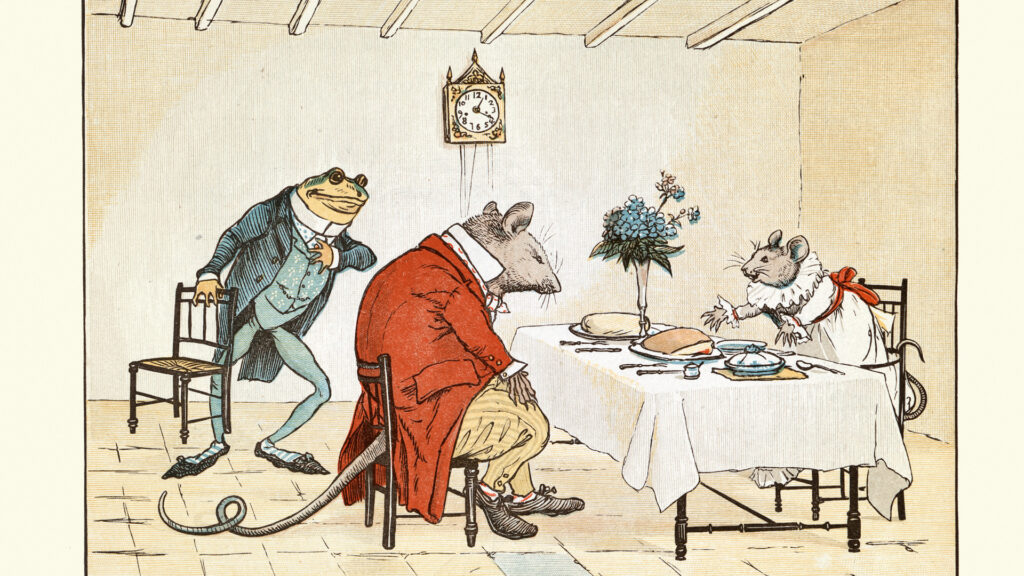Tails of truth: How effective are fables with human-like animals in teaching children honesty?
May 8, 2025

Classic fables like Goldilocks and the Three Bears that feature anthropomorphised animals, or animals with human traits, have entertained children for centuries while aiming to teach moral values. But just how effective are these stories in instilling virtues?
NUS psychologist Associate Professor Ding Xiao Pan, along with her students Cleo Tay, Chua Yu Juan and Joey Cheng from NUS Psychology, carried out an experiment involving more than 200 Singaporean children aged three to six to determine if such moral tales are effective in teaching children honesty.
Assoc Prof Ding Xiao Pan noted that children’s books that feature anthropomorphised animals are very common in everyday life. She said, “Honesty is an important virtue, so we are seeking effective ways to foster it in young children. Most existing studies have been conducted in Western societies and often feature animals that many children in Singapore may not be familiar with, such as raccoons. Therefore, we sought to explore whether featuring animals they were more familiar with can most effectively support the development of honesty in our children.”
In the study, each child was instructed not to peek at a laptop screen while sitting in a room alone and unsupervised. However, most children would turn around and peek at the screen, unable to resist the temptation. After the experimenter came back the room, each of them was read a different version of the moral story, George Washington and the Cherry Tree, in which Little George, the protagonist, chops down his father’s favourite cherry tree and confesses to his wrongdoing when confronted. In each version, the protagonist was portrayed either as a human, an elephant, a rat or a ‘control condition’, where the human protagonist opts not to confess to his wrongdoing.
Researchers then asked the children if they had peeked at the screen to measure if the type of protagonist influenced their honesty.
They found that for children aged three to four, the effectiveness of moral stories differed based on the type of character, with human characters having more of an effect on honesty than stories with anthropomorphised characters. In contrast, how the protagonist was portrayed had no effect on the honesty of children aged five to six.
Another interesting finding was that portraying the protagonist as a disliked character, such as a rat, rather than a preferred character, such as an elephant, was less effective at promoting honesty than using a human protagonist.
“The study’s findings are useful in helping us understand how children relate to and are influenced by the portrayal of characters in stories, and how we can modify classic moral stories to maximise their usefulness at promoting honesty and other values,” said Assoc Prof Ding.
Read more about the study here.

